As the year has dragged on into 18 months since the fire. We are flat out busy with the re-building project. We had a slow start waiting for the insurance company to decide what to do, then putting plans to Council for building approval. Everything takes time. We weren’t sitting on our hands during this waiting period. We shifted the burnt out orchard and all its well composted and richly fertile soil up the hill so that we could build the new pottery on the old orchard site. We were able to get that done before the end of winter, so that we could plant all the new bare rooted fruit trees before bud burst.
Although we spend every day working on the building, there is always a few minutes or and hour here and there that can be stolen from the shed project to work on restorring these odd bits of old machinery. I found a couple of unloved bits of machinery that were worth restorring. One was so corroded that it took an angle grinder and then a hammer and cold chisel to clean the rust and scale out and get it unseazed and rotating again. I have become a lot more familiar with bearings, oil seals, gear boxes and pulleys these days.

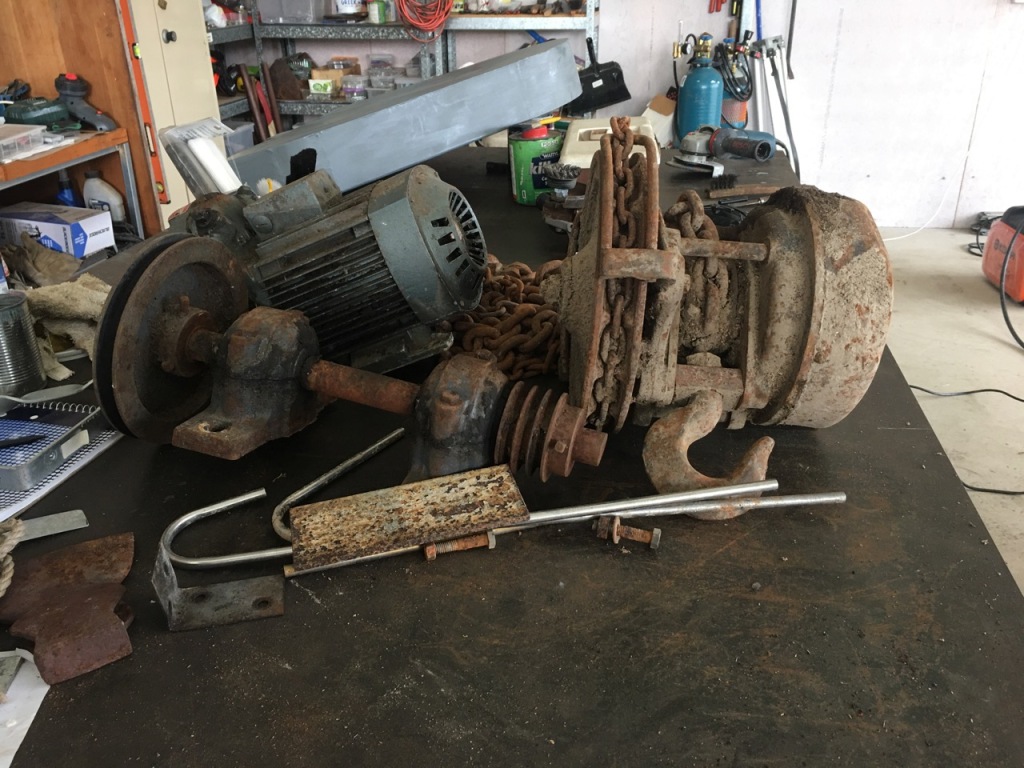
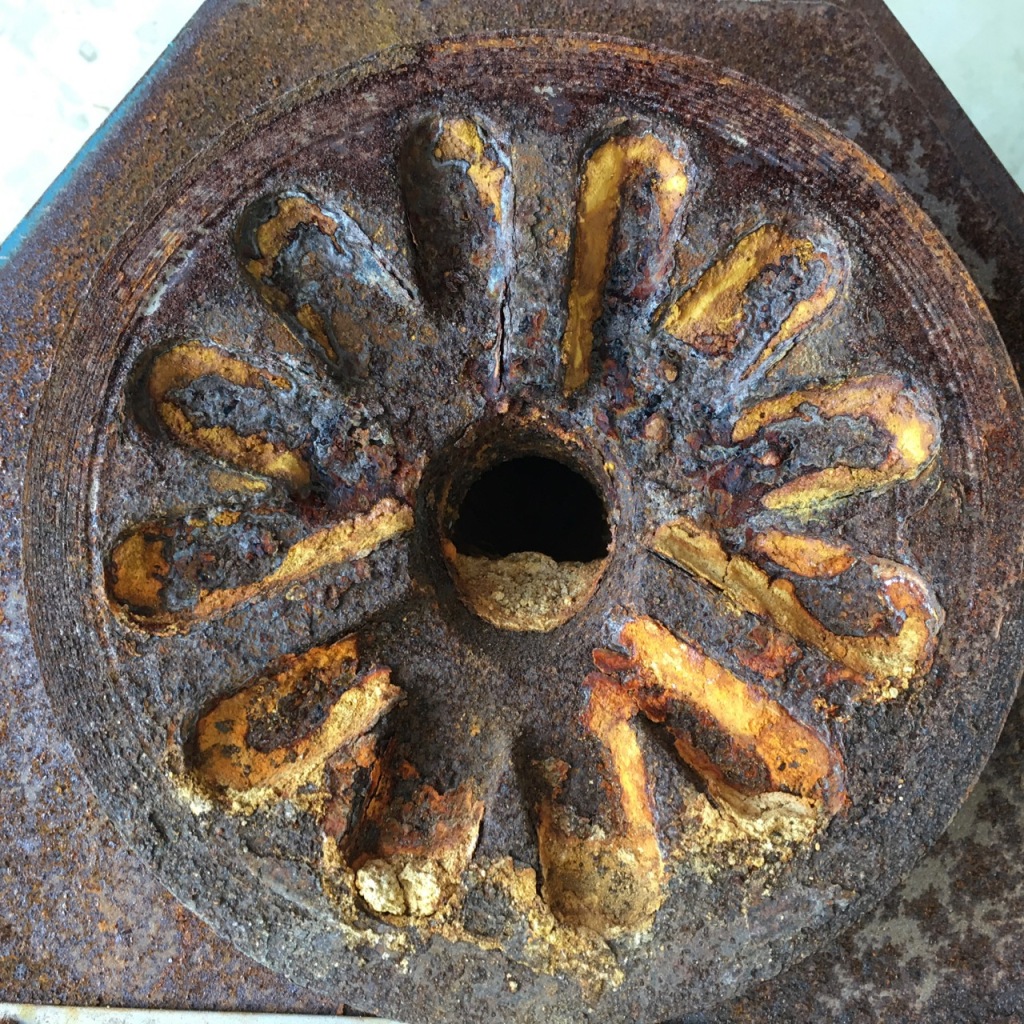
This is about as bad as it gets before the rust eats through the wall of the machine.
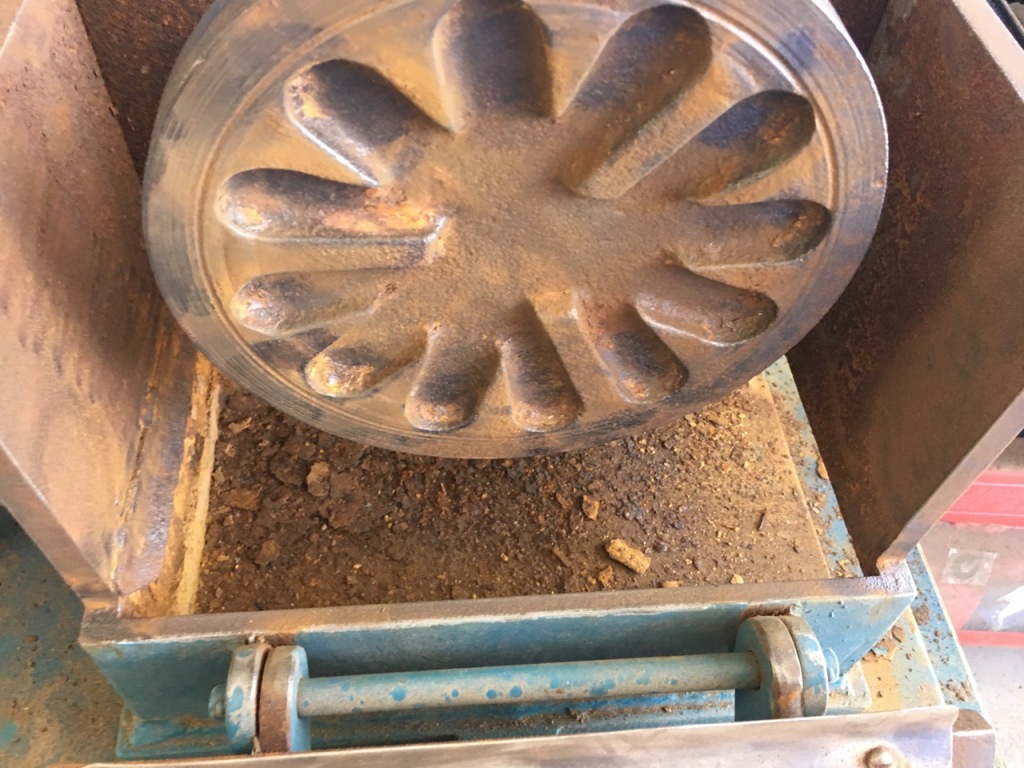
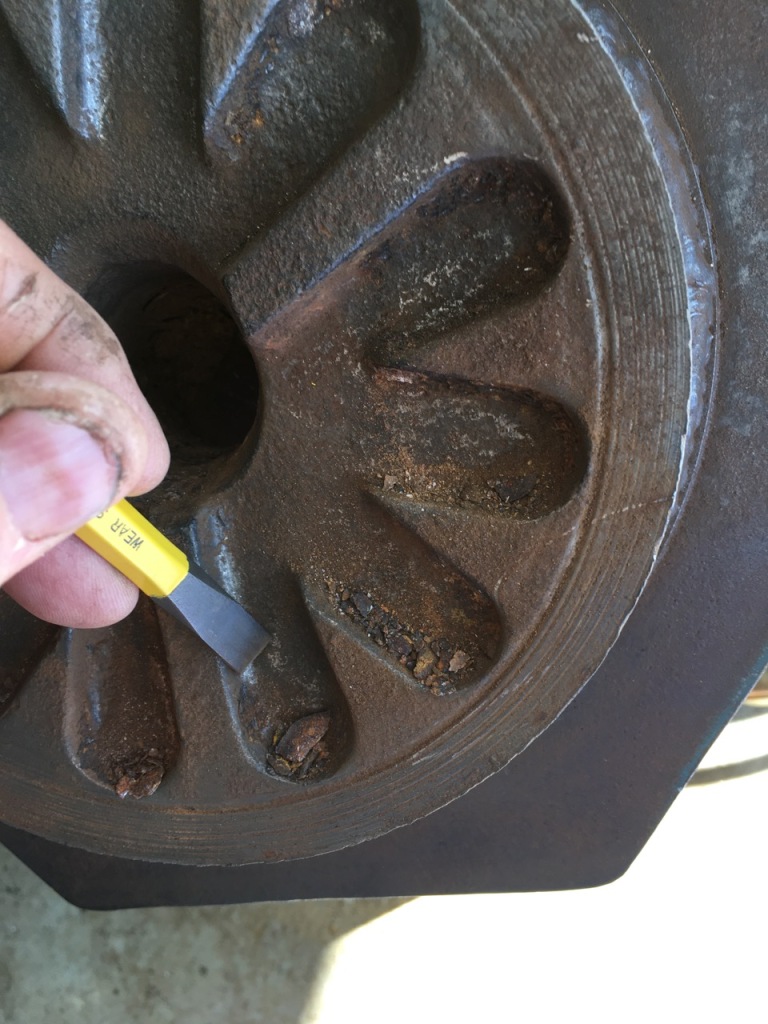
After chipping away at the flakey scale, then attacking it with an angle grinder with a rotary brush, then finally hitting at the stubborn bits with a hammer and cold chisel…
It has come good and has now had a coat of rust converter, phosphoric acid.
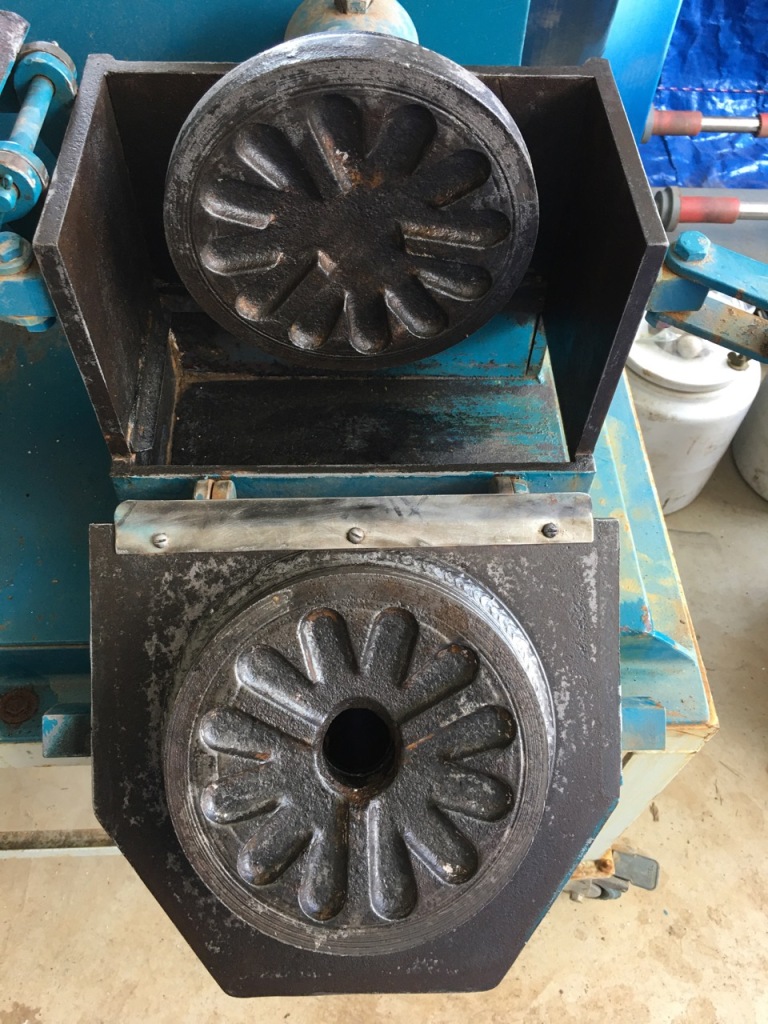
There isn’t much that an angle grinder, wire brush, hammer & chisel, then a few coats of rust converter and primer can’t fix. – and a week of evenings!

John Edye, eminent potter and my Friend and collegue of over 40 years has retired from making pots. When I heard that he was retiring last year, I got in touch and asked what he was intending to do with all his equipment. I was very lucky that I was first to ask. As we lost almost everything to the fire in December 2019, It crossed my mind that he may be interested in selling some of it to me. I was particlarly interested in getting a dough mixer for my clay making. As our old one has now gone through two fires, in 1983 and again in 2019. I was lucky enough to get it going again in ’84, although it was quite wobbly afterwards. After this last fire the burning roof beams fell in on it and the main shaft was so badly bent, that I couldn’t rotate anymore.
We bought John’s dough mixer, damp cupboard and some pot boards.
It was a bit of a job getting them out of John’s very beautiful, but remote country property, deep in the wet forested gullies between Kulnurra and Wollombi. John was well prepared and had all the gear up on pallets, or steel pipe rollers. My friend Dave has a truck with a pal finger crane, so we were able to get in there and lift the gear out.
Everything was much easier at my end, as I have a concrete slab floor for the first time in my life and a pallet lifter trolley to move heavy bits of machinery.


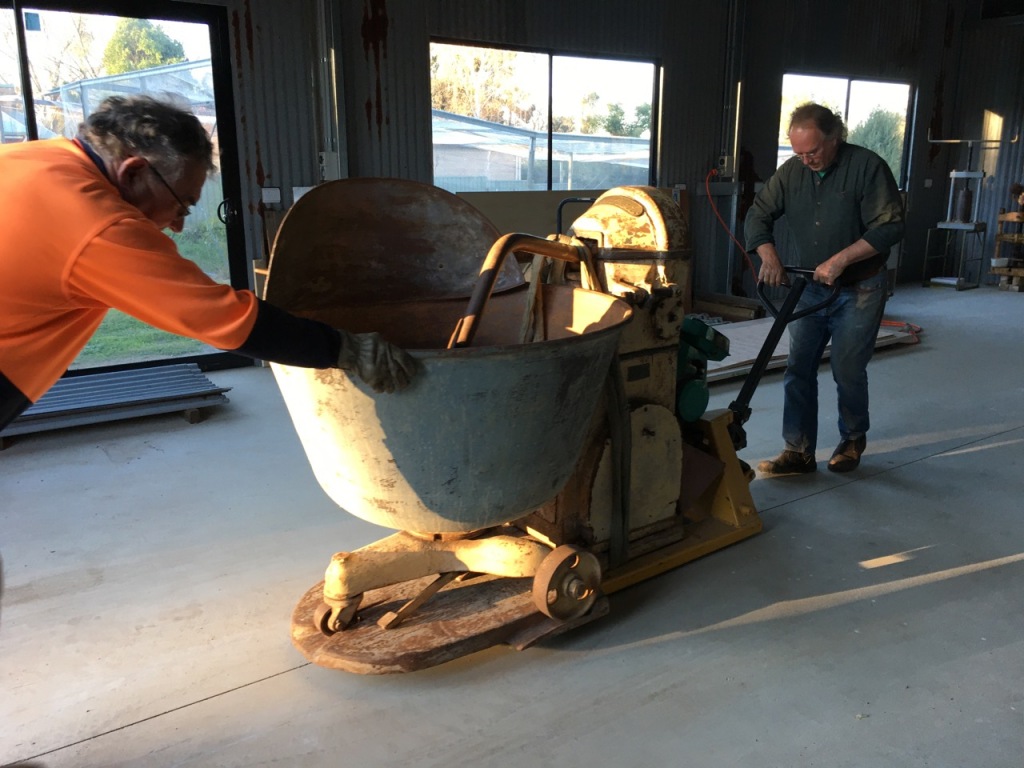
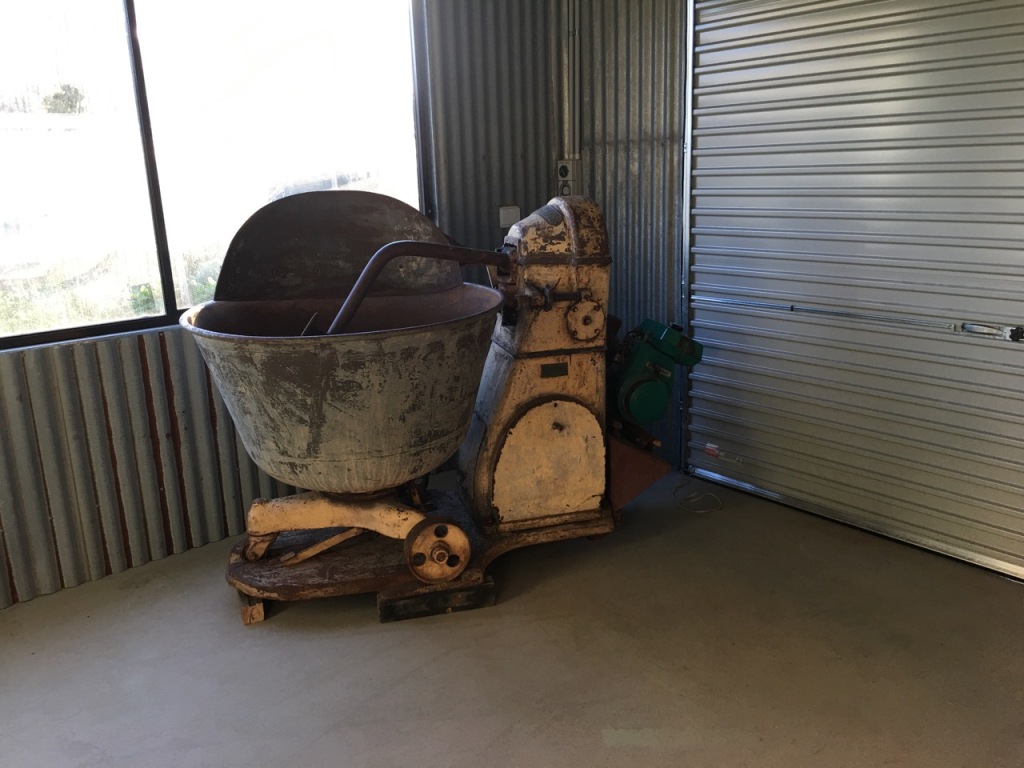
John’s mixer in its new home, with a nice view from the window.

I have started to grind and clean the inside of the bowl. It’s had its first coat of rust converter. it still needs a couple of top coats of a hard wearing oil-based machinery paint to suppress the rust.
I have also been offered a pug mill, shimpo wheel, Leach style kick wheel and various other bits and pieces of pottery gear from other friends who have surplus equipment, are also retired or are choosing to go smaller, but these are yet to arrive here.
The crusher room in the machinery shed is filling up slowly as I tinker away in my spare time after work between midnight and dawn as I slowly pull apart, clean or replace, then reassemble and finally paint this diverse collection of antique crushers and grinders. This is such a different aspect of my philosophy of self reliance, but actually quite rewarding and enjoyable.


I have painted them up in bright colours like big toys – just to cheer me up a bit.
I need to stop lazing around and get some real work done! The pottery studio needs to be finished, as this is the last room to be completed. Then we can apply to the Council Inspectors to get our final inspection and a Occupation Certificate. I know that there will be many little items that will need to be done and ticked off to get it all through. I just don’t know what they will be yet, not until the inspectors tell me what are.
I’ll deal with them when the time comes.



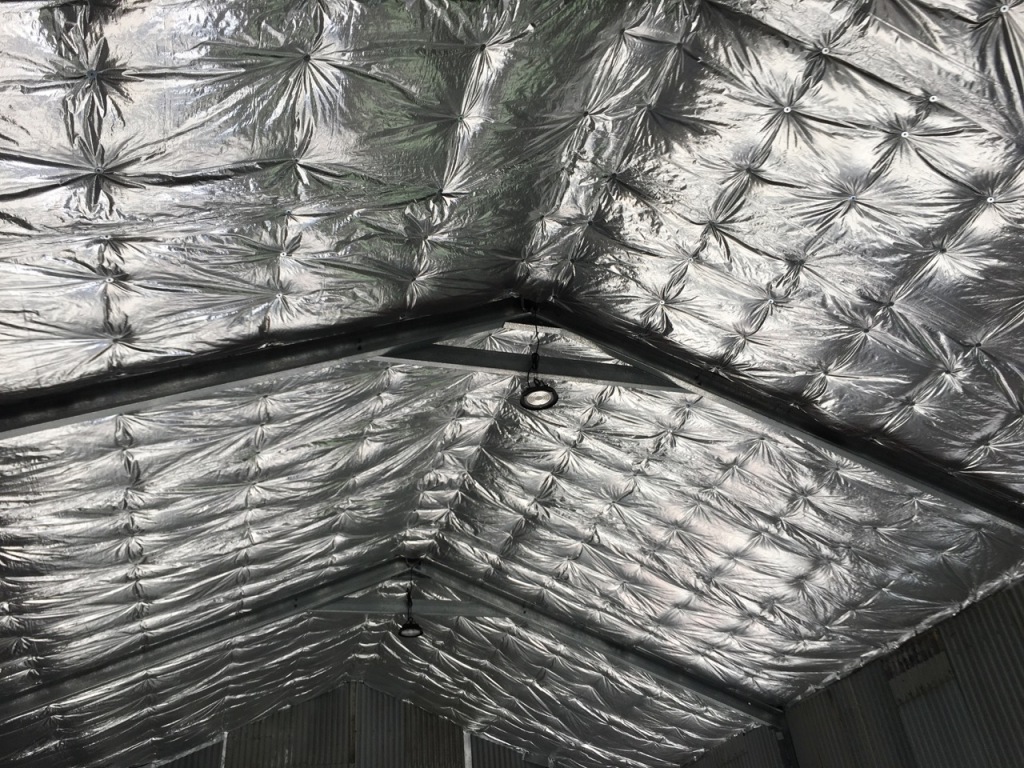



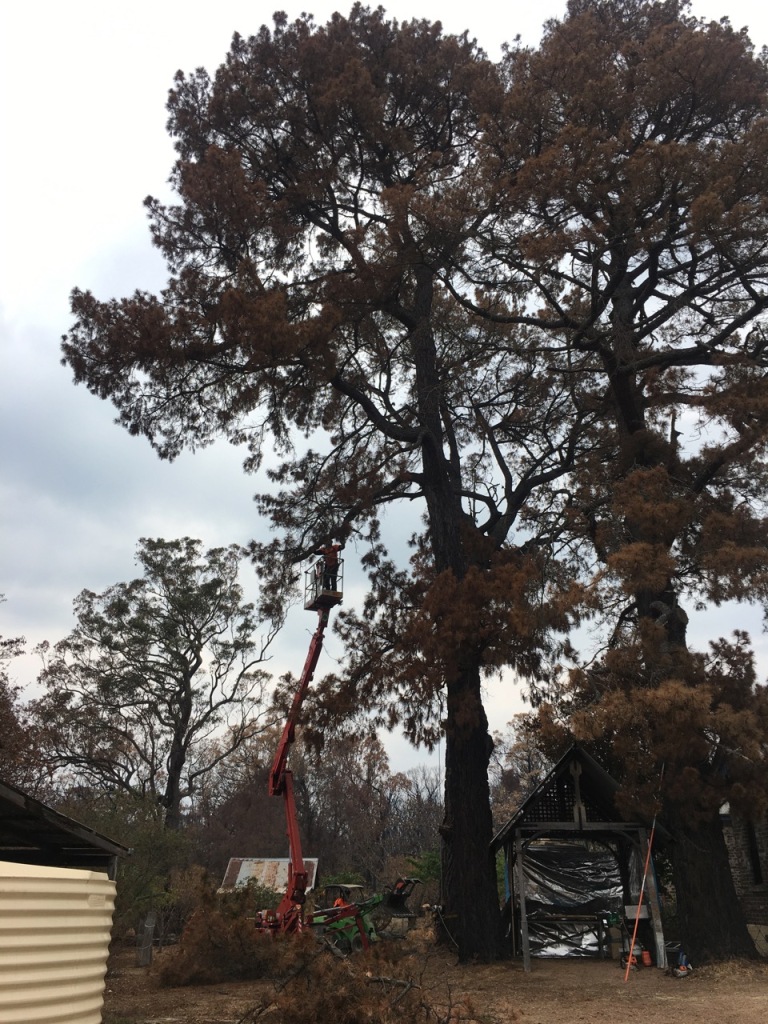








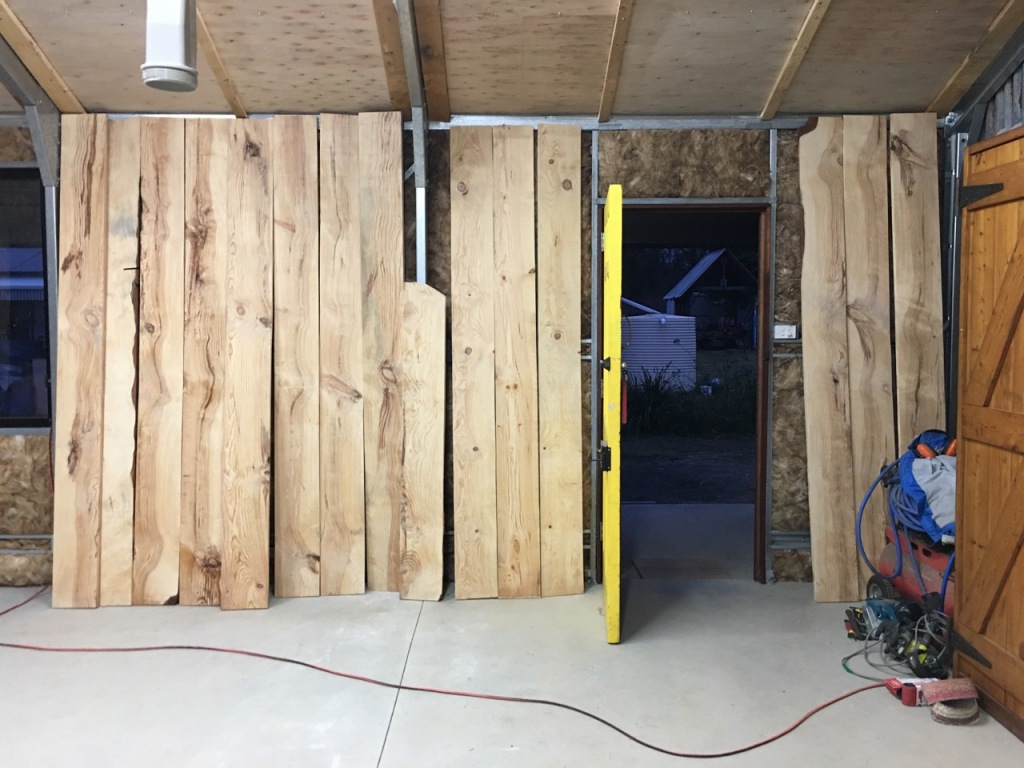
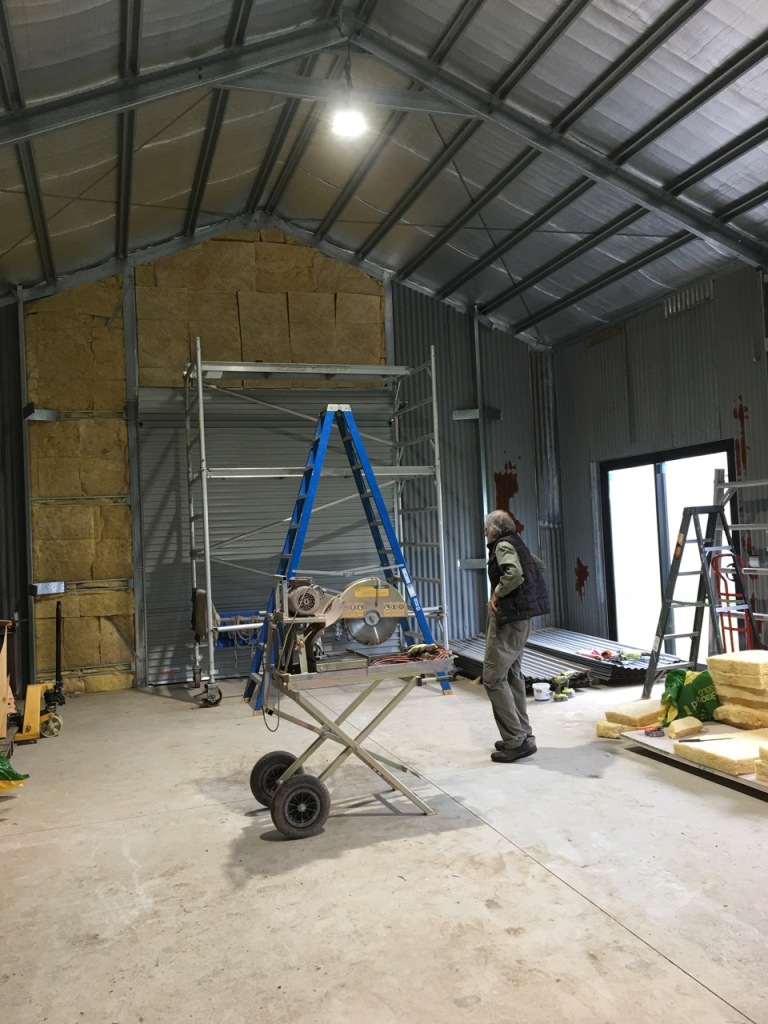

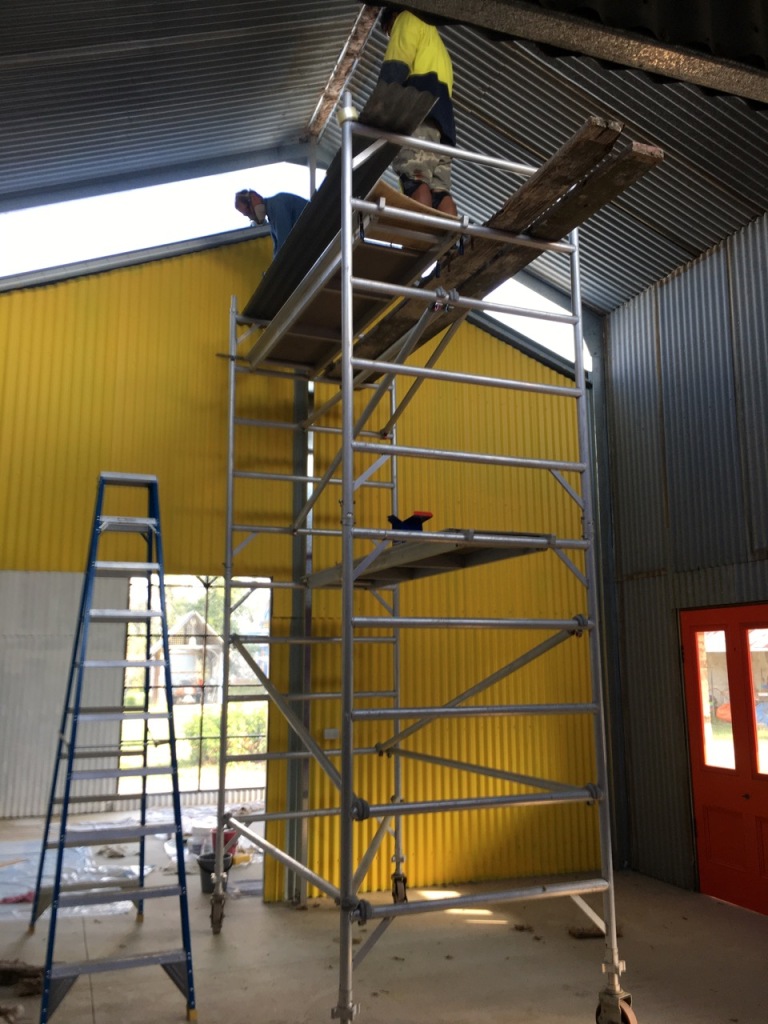


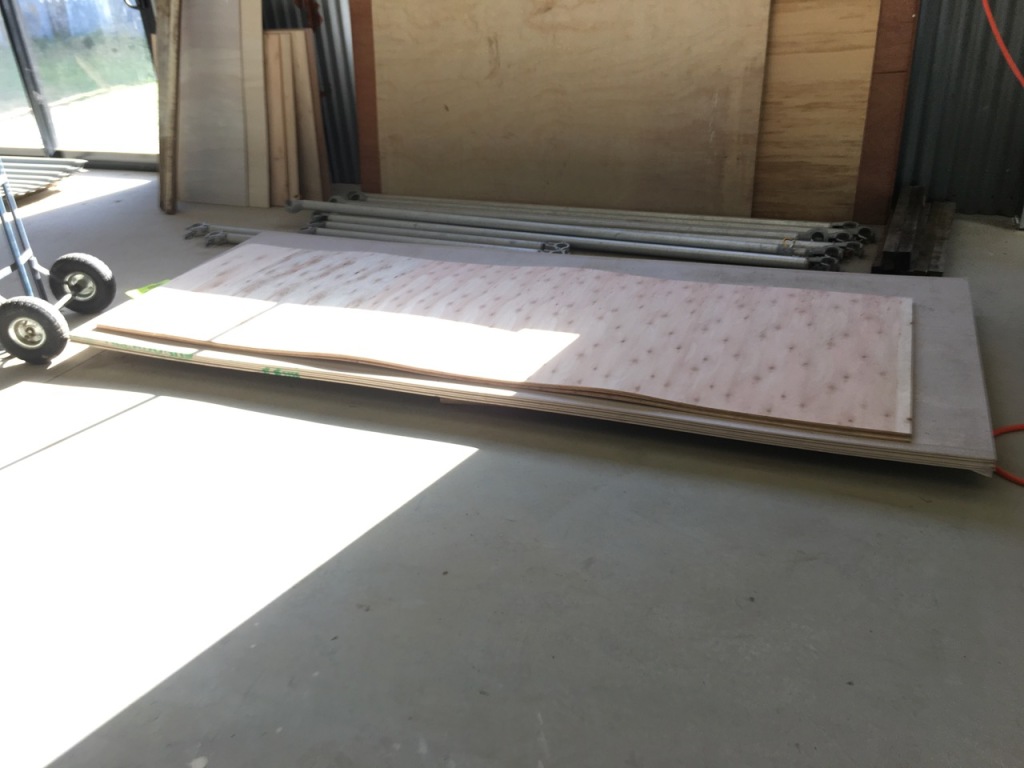






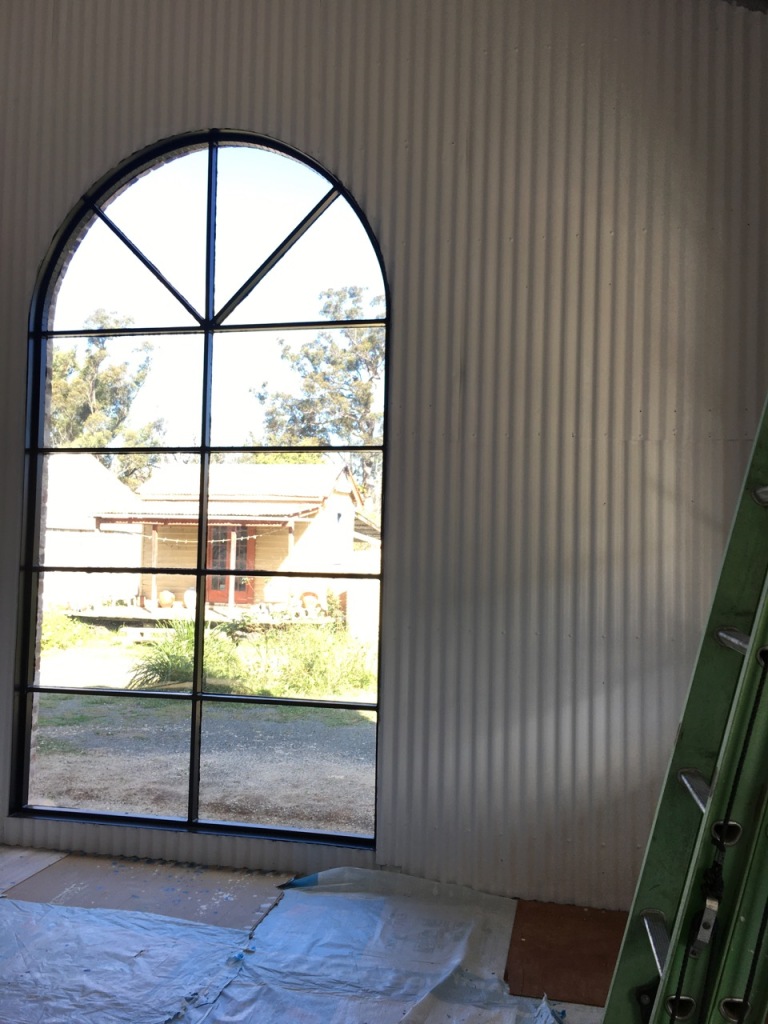

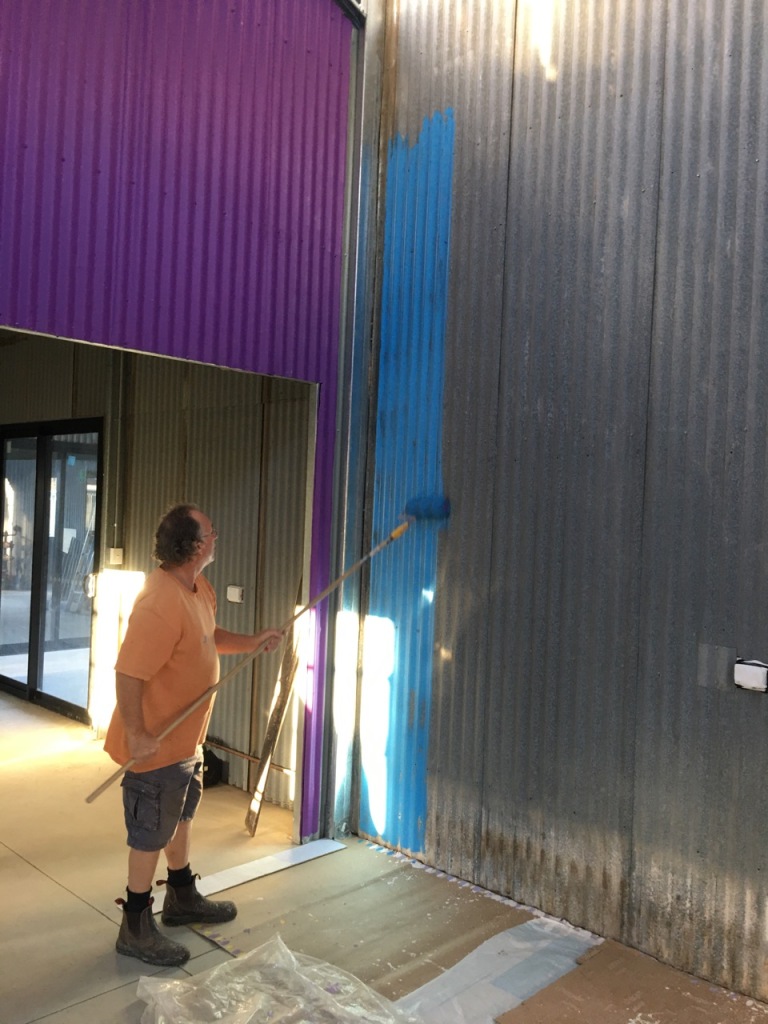








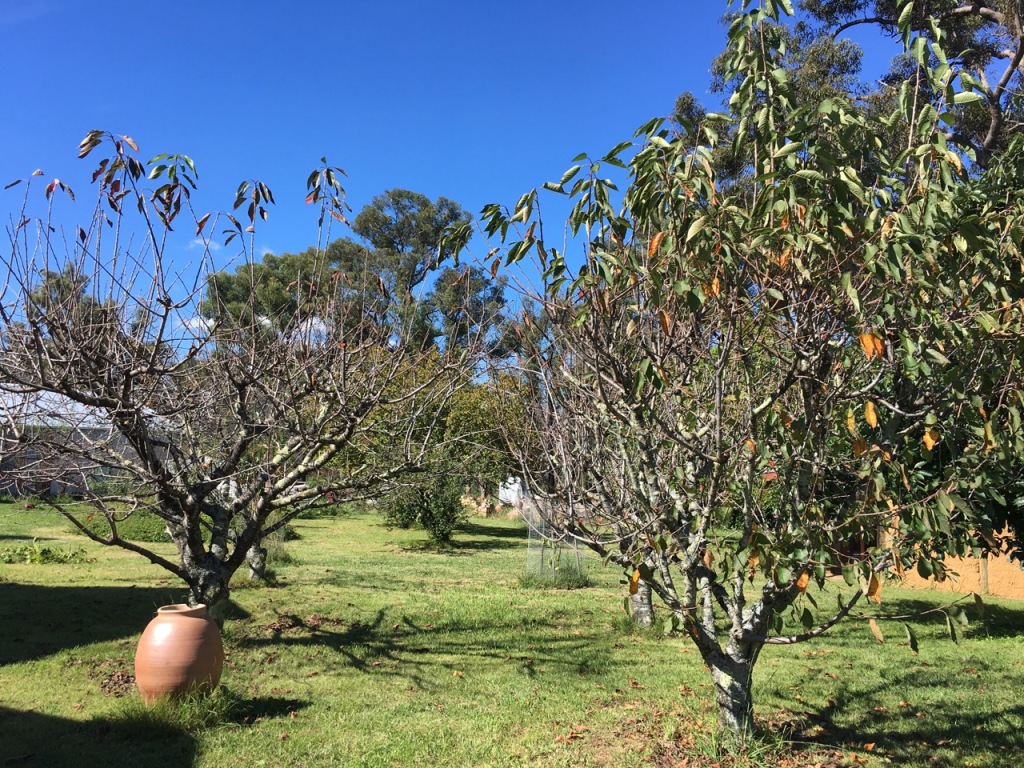
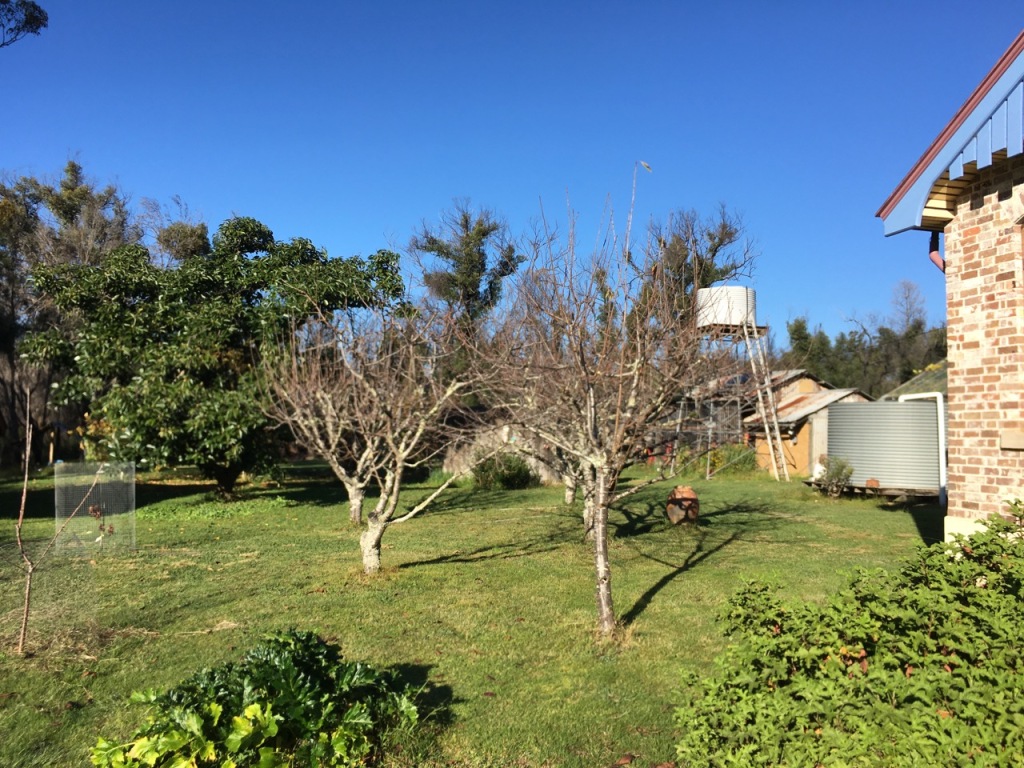









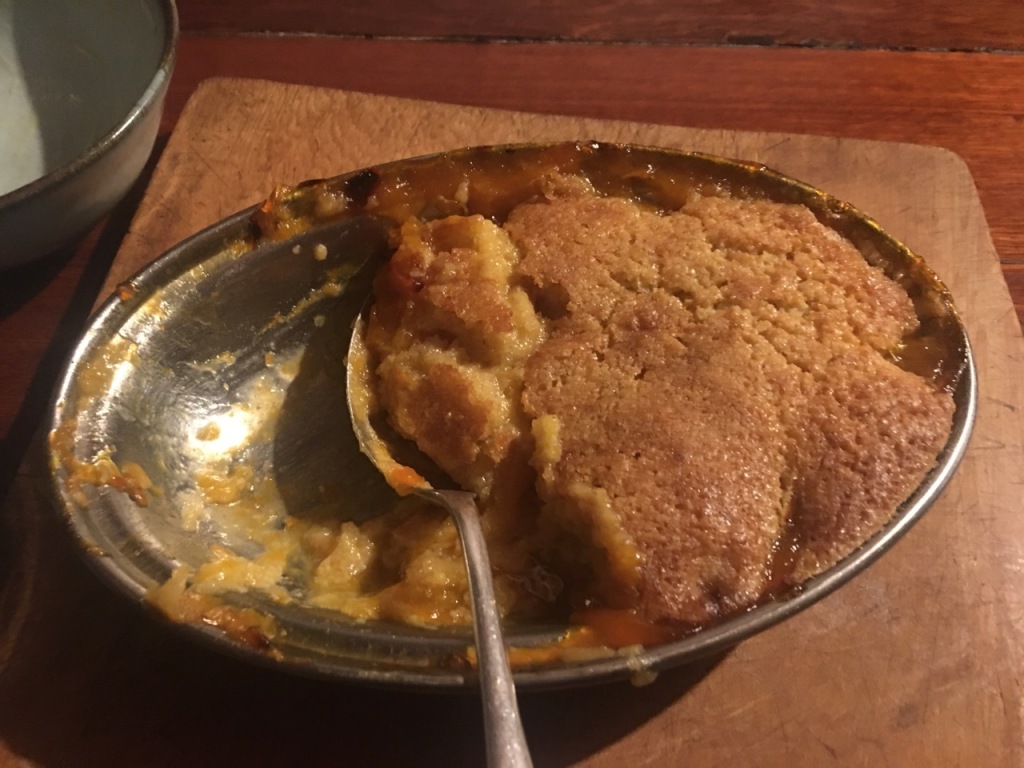

You must be logged in to post a comment.